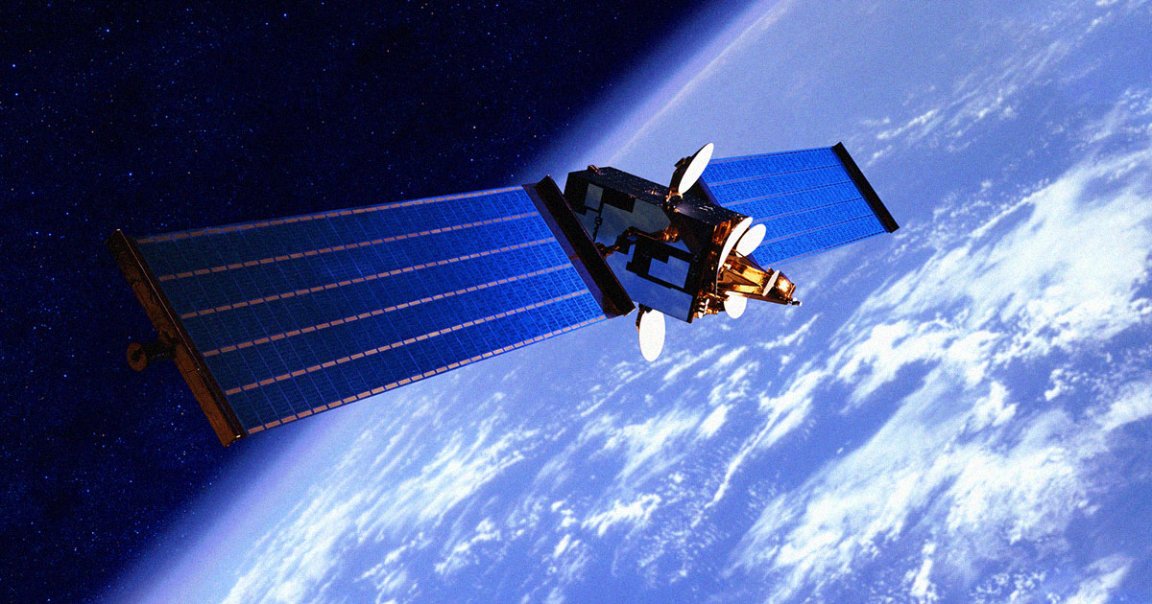
Last month, China launched a satellite called Shijian-21, designed to test new ways to clean up space debris.
And this week, the US Space Force detected and catalogued a new object, suspected to be a rocket body designed to take satellites into a geostationary orbit called an apogee kick motor (AKM), SpaceNews reports.
But oddly enough, the object is still in geostationary orbit next to Shijian-21 — instead of maneuvering out of the way to make sure it doesn’t collide with other satellites, which is the usual protocol for AKMs.
The strange situation is raising more questions than answers. For one, we have no idea if the strange object is actually an AKM, or perhaps related to an entirely different kind of endeavor — and the Chinese space agency isn’t usually very up front with its activities in orbit, meaning that we may never find out.
It’s a precarious situation. World powers including Russia and China are testing anti-satellite technologies, leading to a new type of cold war. The ability to take out enemy satellites could offer a country’s military a substantive tactical advantage, but the risks would be immense.
That means military powers are keeping a very close eye on the movement of other world powers currently orbiting the Earth.
And there may already have been a couple of run-ins. Last week, Breaking Defense reported that a Chinese satellite was shadowing a US satellite, adjusting its orbit to keep up.
There’s a decent chance the purpose of the object trailing Shijian-21 will never be publicly revealed. And that has US forces on their toes. All we can do is hope that this kind of incident will never end up leading to an escalation.
READ MORE: An object is now orbiting alongside China’s Shijian-21 debris mitigation satellite [SpaceNews]
More on satellites: New Weapon From China Reportedly Causes Satellites to Explode